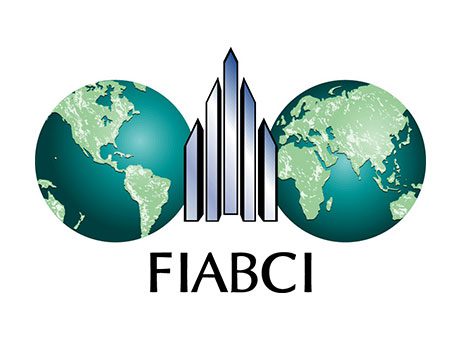Australian Vice President of FIABCI (International Real Estate Federation) Greg Young will attend the FIABCI 66th World Real Estate Congress to be held in Kuala Lumpur, Malaysia between 26th – 31st May 2015. This is the second time FIABCI Malaysia is given the honour to host the FIABCI World Congress, the first time was in 2002. During the Congress days keynote and various interesting papers will be presented by eminent local and international speakers.
According to the United Nations World Urbanization report, more than half of the global population currently lives in urban areas; it is projected to reach 70% by 2050. Hence urban planning is crucial to ensure the society is in a proper order. Thus, the theme for the Congress is “Urbanization: Perils or Prosperities?”. The FIABCI 66th World Real Estate Congress will take a deeper look into the urbanization matter, with many eminent speakers joining them from all around the world to share their experience and expertise in handling urbanization issue in their own countries.
Urbanization: Perils or Opportunity?
In 2007, the united nation reported the arrival of the “Urban Millennium or the Tipping Point of Future Trend” is a way of life.
United Nation population reported that 50% of the world population of 7 billion were living in urban area in 2008. By 2050, 70% of the world population will be urbanized, a total of 6.44 billion out of the projected world population of 9.2 billion. And 93% of urban growth will occur in developing countries with 80% occurring in Asia and Africa.
The large migration of population from rural to urban area in the coming years provides perils as well as opportunities. As a real estate federation, FIABCI is concerned how we can avoid the perils and profits from the opportunities.
The migration to urban area have an expectation of a better life with better economic opportunities, education prospect for their children.
With migration from rural to urban area we see the relation of economic growth. This is well illustrated by China’s growth, the gdp per capital income based on midyear population in 1990 grew from USD344 to USD6,093 in 2012; with its population of 26% in urban area in 1990 and grew to 54.6% in 2012, a total of 712 million. China will be a high income society when its urbanization reaches 70% level.
The requirement of affordable housing for the new urbanites will provide opportunities for real estate developers. Along with urbanization is the peril of cultural change of its population where moral, health and liberties are affected. Poverty in urban area will be more pronounced.
The march to urbanization is unstoppable and it is up to the relevant government authorities to plan for the urbanization which is already happening. If the planning is not comprehensive and total, the future damage will be irreparable. The transportation and public services are two main factors which must be put in place to support the urban growth.
With urbanization, the phenomenon of the generation of the heat islands will be very significant. At the early stage of urbanization, the environment must be well protected and reduction of the carbon footprint taken into consideration to reduce such heat centre.
The compact, well thought out cities can be accomplished if all resources are put together to further such growth. In this direction FIABCI World President, Robyn Waters had signed an agreement of cooperation with Professor Paul James, director of the Global Compact Cities Programme, a United Nation International Secretariat.
Thus, it is timely that the 66th FIABCI World Real Estate Congress in 2015 choses this theme for congress discussions.



